| Part Number: | Wire Dia | Length | Length | Price |
|---|---|---|---|---|
| Measured | (in) | (mm) | (in) | |
| SM0151-0001 | 3/16″ | 270 | 10-5/8″ | $29,16 |
| SM0151-0002 | 1/4″ | 335 | 13-3/16″ | $44,48 |
The fatigue resistance of individual synthetic fibers can govern the performance of complex fiber assemblies such as tire cord and marine rope under certain loading conditions. Fiber failure over a range of loading conditions and frequencies was found to occur at a critical cumulative strain, governed by a creep rupture process; the cyclic lifetime for both fibers is predictable using a simple creep rupture based theory. There are other factors for nylon rope failure when under fatigue cycles of tensioning and releasing when a boat is moored at the dock such as hysteric heating between fibers and internal and external abrasion.
Cyclic load limits depend on wave height, wind velocity, and mooring line dimensions and properties. The relative durability of nylon is subjected to tensile cycling under storm conditions. While tensile fatigue as a creep phenomenon is operative over the free length of the mooring line, the more critical location of rope deterioration is at its interactive contact with deck hardware.
An ideal mooring system is composed of two segments. The one between the elements of deck hardware (cleats and chocks) should possess maximum abrasion resistance and high tensile stiffness. The other segment should possess high tensile compliance so as to minimize cyclic load levels induced by waves and winds similar to a shock absorber but nobody use it.
Here it comes into action the “RopeSaver®” which is a device designed to absorb the fatigue and not the rope. In few words with “RopeSaver®” a mooring nylon rope should last forever.
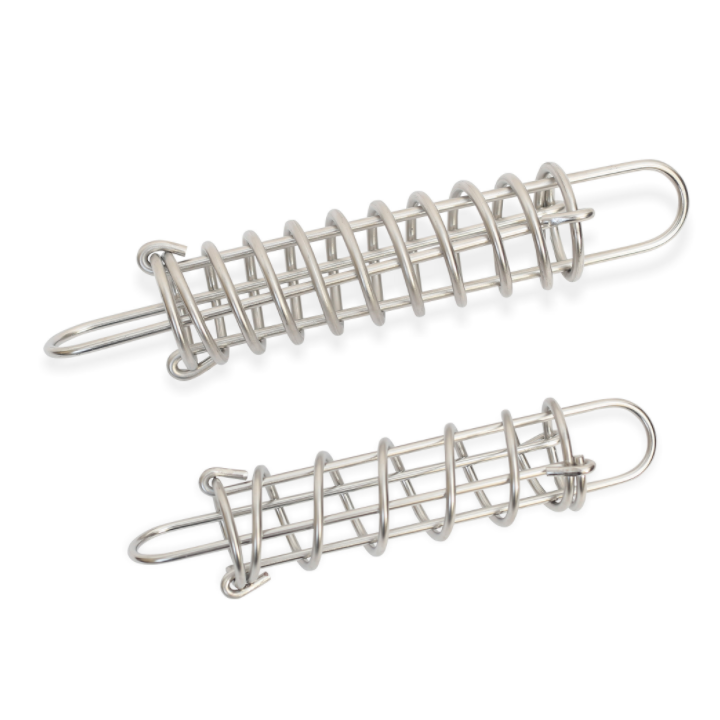
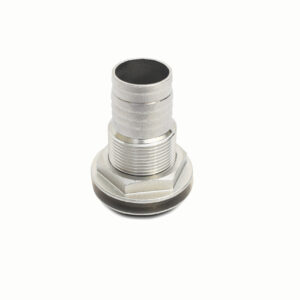
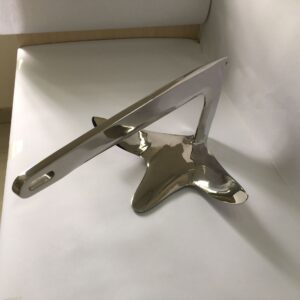
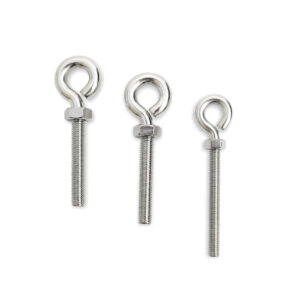
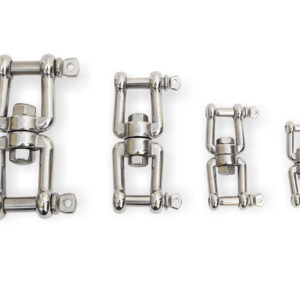
Valoraciones
No hay valoraciones aún.